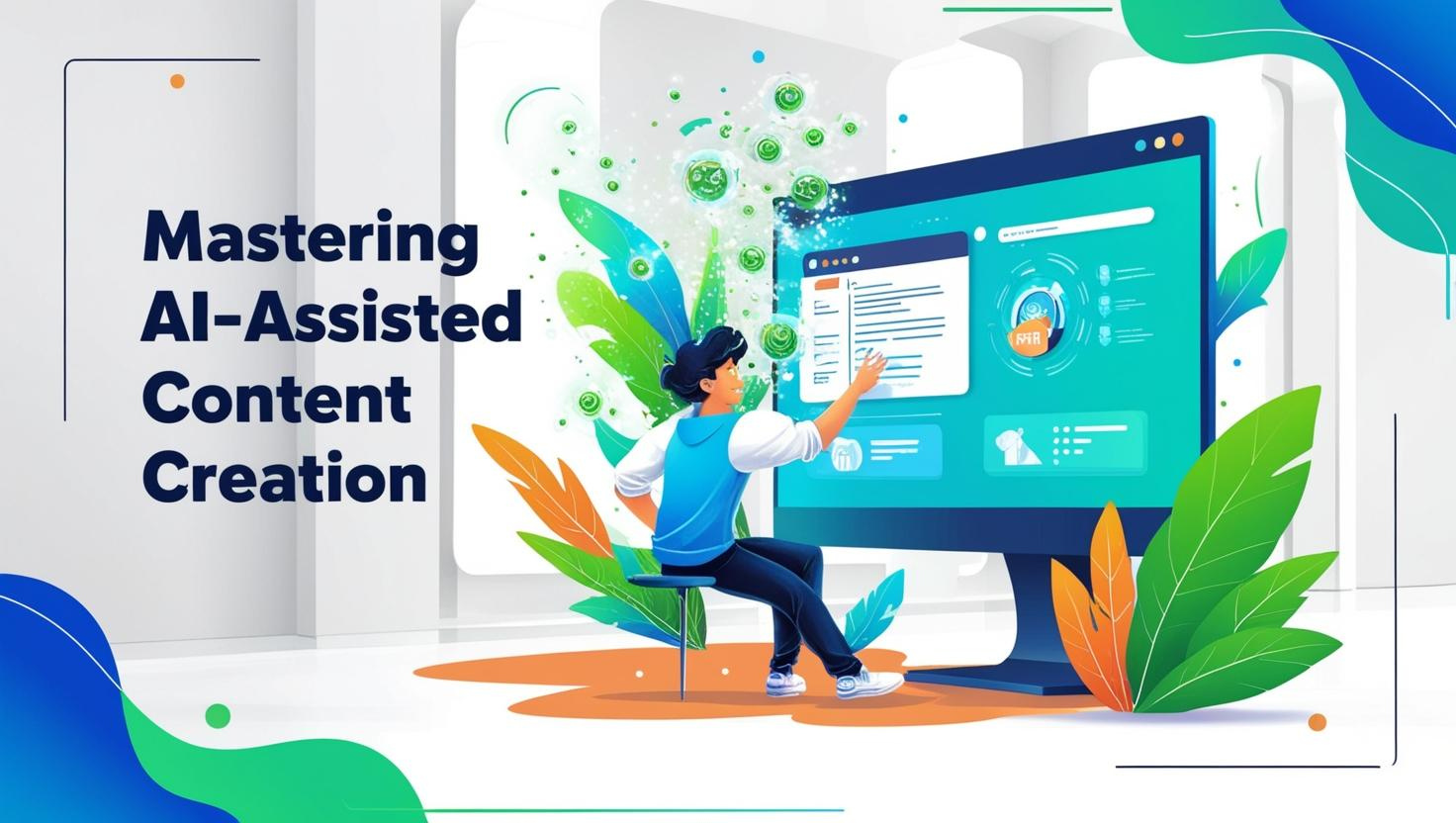
Introduction
In the age of rapid digital transformation, AI-assisted content creation has emerged as a powerful tool for content creators. While these tools can generate text quickly, the raw output often lacks the human touch that makes content truly engaging.
This guide will walk you through best practices, common pitfalls, and strategic techniques to ensure that your AI-assisted content meets professional standards while resonating with your audience. Our aim is to strike the right balance between leveraging AI efficiency and preserving your unique voice.
Whether you're a seasoned writer or new to AI tools, this article will help you navigate the complexities of digital content creation and empower you to produce compelling, high-quality work.
Common Mistakes to Avoid
Step 1: Avoid Direct Copy-Paste
Many content creators make the mistake of directly copying AI-generated text without modifications. This practice often results in generic content and can harm your reputation by producing duplicate or unoriginal material.
Step 2: Always Fact-Check
AI tools may present outdated or inaccurate information. Always verify claims, statistics, and references with reputable sources to maintain the credibility of your content.
Step 3: Provide Clear Instructions
Vague or overly broad prompts lead to unfocused results. Be specific about the tone, style, and target audience in your instructions to ensure that the AI produces content that aligns with your vision.
Step 4: Avoid Over-Reliance on AI
Use AI-generated content as a starting point rather than a final product. Inject your personal insights and creativity to elevate the quality and authenticity of the final output.
Step 5: Maintain Consistency
Inconsistent language or formatting can detract from the professionalism of your content. Always review and edit your work to ensure a uniform style and voice.
The SIT Technique
The SIT technique provides a structured framework for crafting effective AI-assisted content. This approach breaks down your content creation process into three key components:
Situation (S)
- Identify your target audience and understand their needs.
- Determine the publishing platform and its requirements.
- Clarify the purpose and goals of the content.
- Consider current trends and contextual factors.
Instructions (I)
- Define the content structure and outline key sections.
- Set clear word count limits or length guidelines.
- Highlight essential points, data, or examples that must be included.
- Provide sample content or reference links for clarity.
Tone (T)
- Decide on the formality level appropriate for your audience.
- Determine the desired emotional tone—be it inspirational, informative, or casual.
- Specify the writing style to ensure a consistent narrative voice.
- Incorporate brand-specific language or key phrases where' needed.
Implementation Tips
Step 1: Break Content into Manageable Sections
Divide larger content projects into smaller, focused segments. This allows the AI to generate more detailed responses and makes the editing process smoother.
Step 2: Use High-Quality Reference Material
Gather credible sources and reference materials from platforms like Medium. High-quality references set a benchmark for your content and guide the AI’s output.
Step 3: Customize and Edit Thoroughly
Always treat AI-generated content as a rough draft. Revise the text to refine language, enhance clarity, and ensure that your personal voice is evident throughout the content.
Step 4: Experiment with Different Prompts
Try various prompts and instructions to see which yield the best results. Maintain a record of effective prompts to build a repository that you can refer back to in the future.
Step 5: Continuously Learn and Adapt
AI technology is evolving quickly. Stay updated with the latest tools, techniques, and trends in content creation to keep your work relevant and engaging.
Final Thoughts
AI-assisted content creation offers incredible efficiency, but success depends on the careful integration of human creativity and editorial oversight. By following the guidelines outlined in this article, you can harness AI tools to elevate your writing without sacrificing quality or authenticity.
Embrace AI as a collaborative partner rather than a substitute for your expertise. Continuously experiment, refine your methods, and ensure that your unique voice remains the driving force behind your content.
Happy writing, and may your journey in mastering AI-assisted content creation be both innovative and rewarding!
.jpg)
.jpg)

.jpg)


